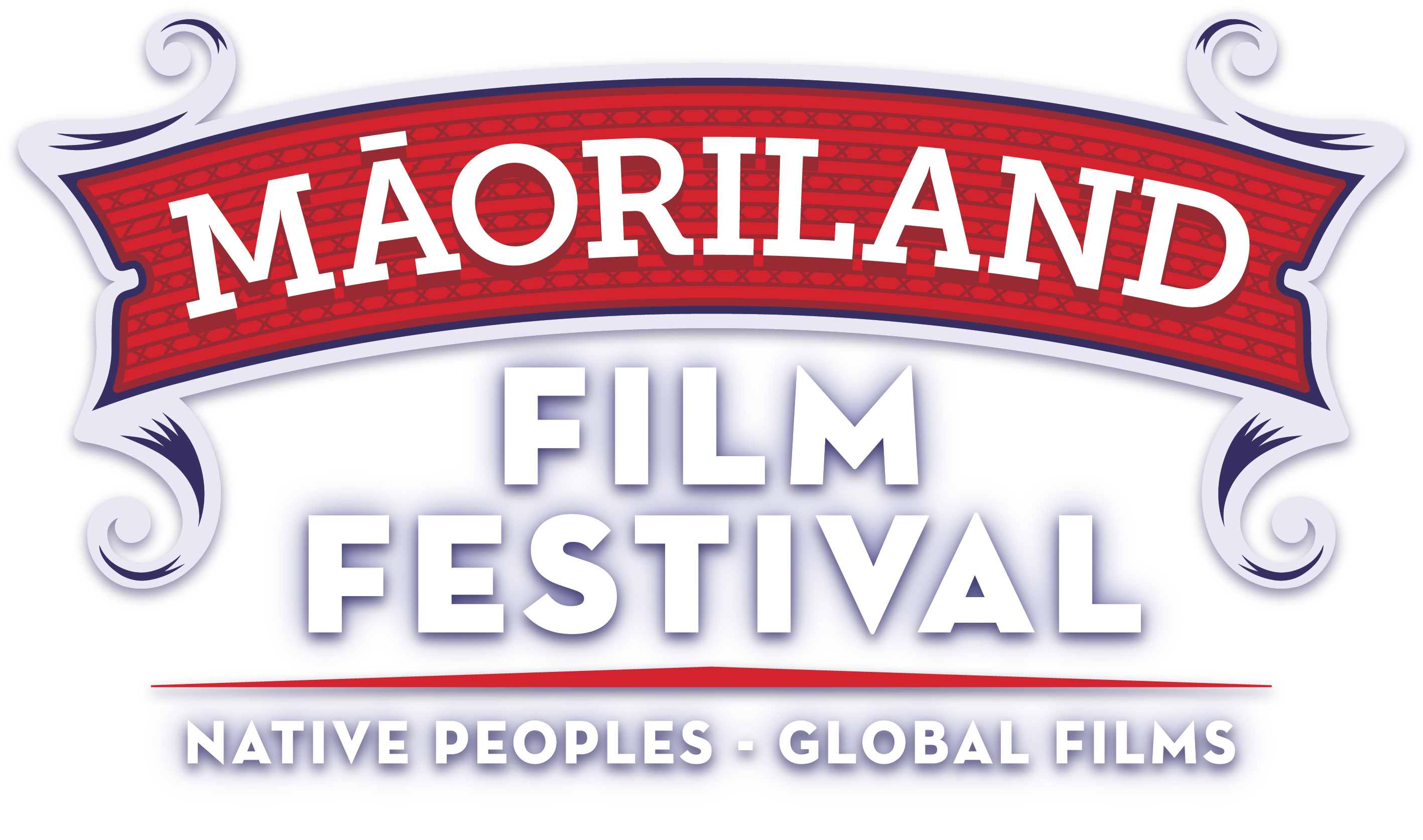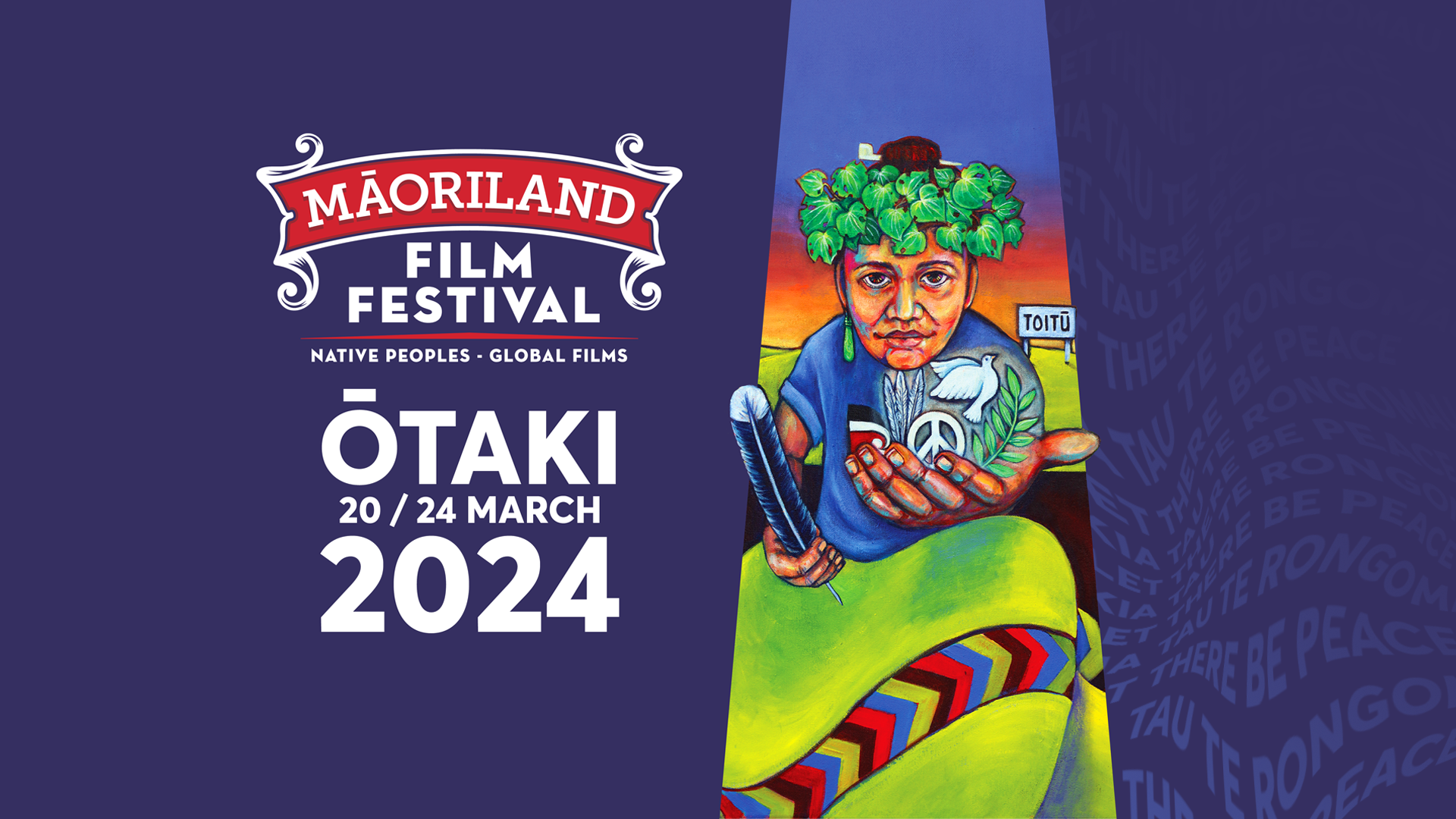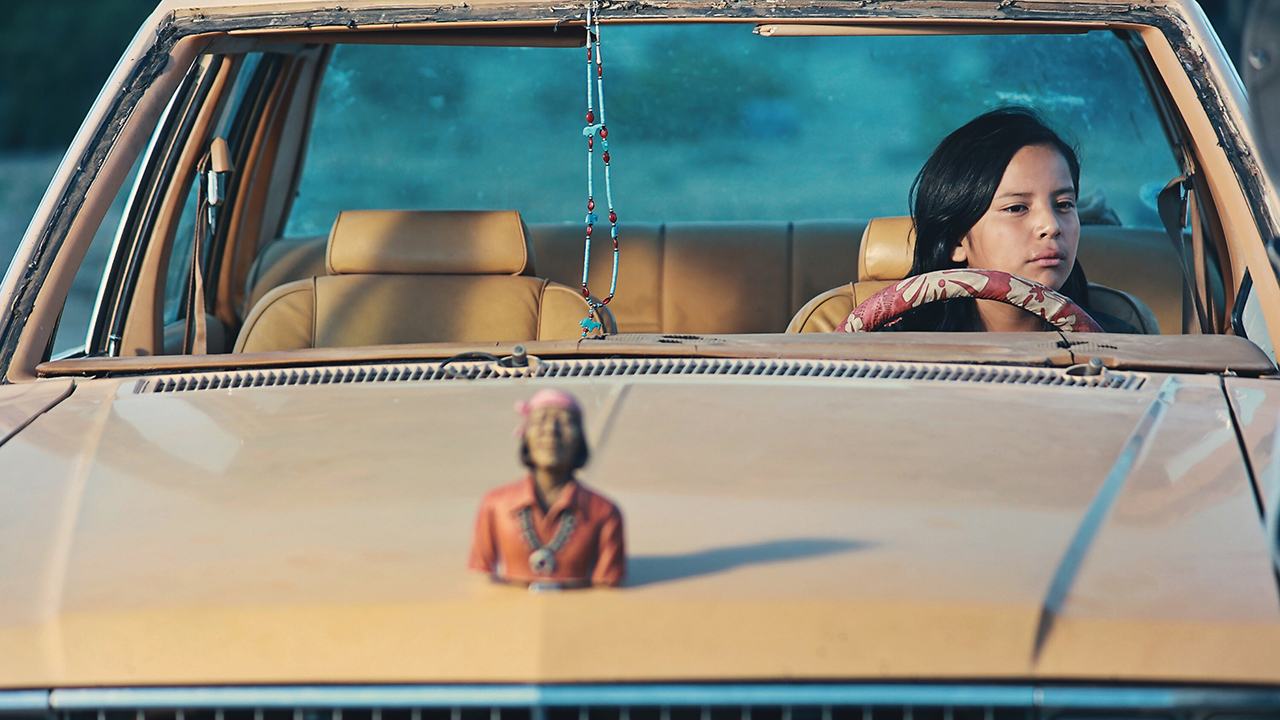Māoriland Film Festival
Aotearoa’S International Indigenous Film Festival
Kia Tau Te Rongomau
Let there be peace
Each March the Indigenous world comes together in Ōtaki, Aotearoa (New Zealand) to celebrate Indigenous screen storytelling at Māoriland Film Festival, the largest Indigenous film festival in the Southern Hemisphere.
Located on New Zealand’s Kāpiti Coast, Ōtaki is a vibrant seaside town where Māori culture and language thrives. Māoriland is celebrated for its manaakitanga and community spirit. It is a place where creatives come to heal.
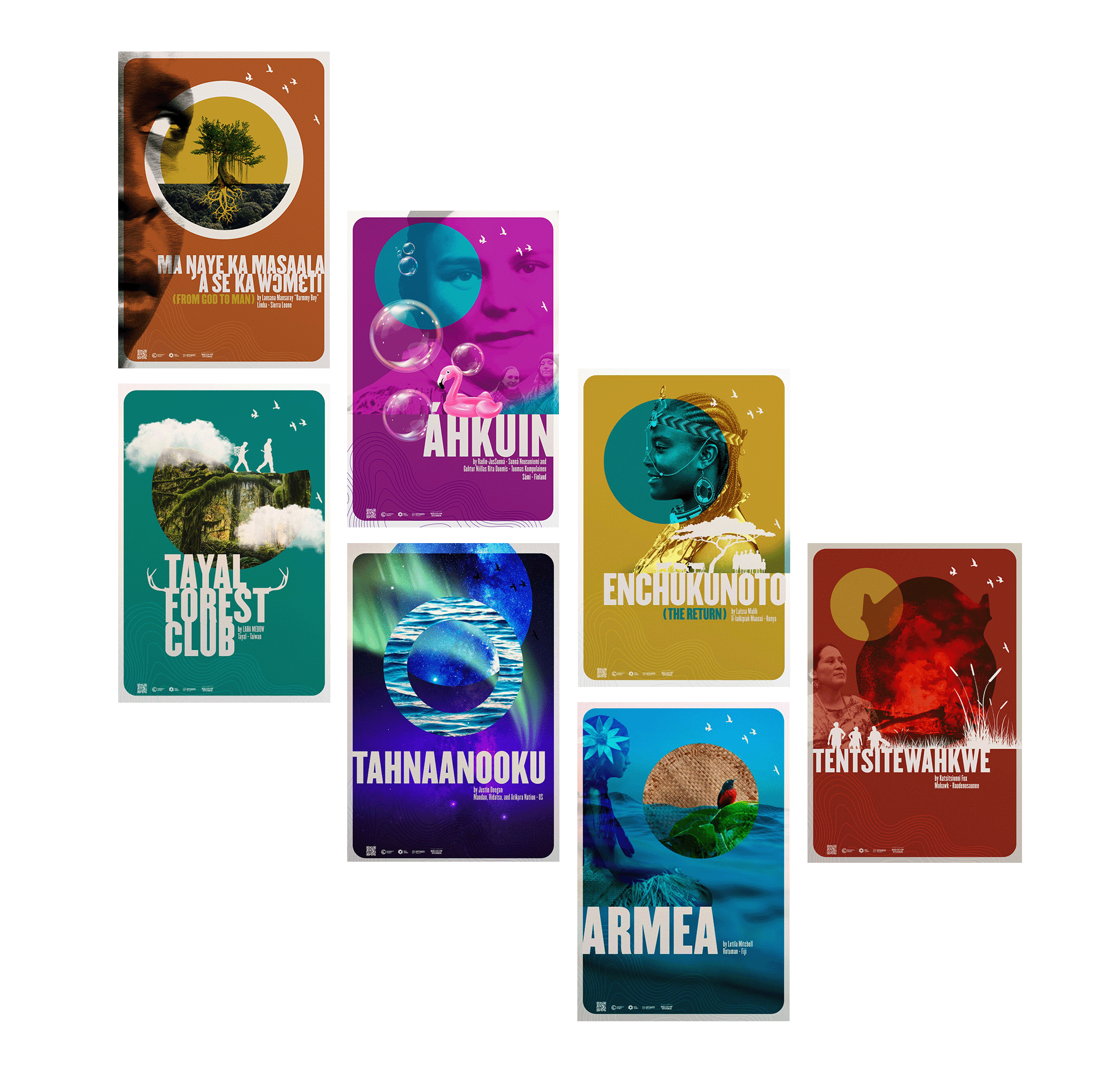
Opening Night
WORLD PREMIERE
THE RECIPROCITY PROJECT
Māoriland Keynote Address
Kia Tau Te Rongomau
The Māoriland Keynote address is a personal and historical perspective given by a prominent Māori filmmaker. Past keynote speakers were Tainui Stephens, Lawrence Makoare, Larry Parr, Julian and Mabelle Dennison, Rawiri Paratene, Heperi and Awatea Mita, Temuera Morrison, Rena Owen, Waihoroi Shortland and Libby Hakaraia.
Highly recognised Māori artists have responded to the theme of this year’s MFF Kia Tau Te Rongomau with captivating work in the Ōtaki township. The Māoriland Film Festival Arts Installation project is curated by Rachael Rākena, an Associate Professor and celebrated Kāi Tahu/Ngā Puhi video installation artist.
The installations feature the exceptional works of Regan Balzer (Te Arawa, Ngāti Ranginui), Tāme iti (Ngāi Tūhoe), Ngataiharuru Taepa (Te Arawa, Te Āti Awa), and Johnson Witehira (Tamahaki, Ngāi Tū-te-auru). We are immensely proud to have these esteemed artists as the MFF2024 Keynote Address.
The project is made possible through the generous support of an Arts Grant from Creative New Zealand.
Closing Night Film
Frybread Face
& Me
It’s 1990. Benny is a Native American boy growing up in San Diego who plays with dolls and listens to Fleetwood Mac. Everything Benny thinks he knows about himself and his family is turned upside down when his parents force him to spend the summer at his Grandma Lorraine’s sheep ranch on the reservation in Arizona. There, he meets his cousin Dawn— AKA Frybread Face, a pudgy 11-year-old vagabond and tough-as-nails tomboy. Benny has never met anyone like her, and he is equally intimidated and impressed by her knowledge of Navajo language and tradition. Together, Benny and Fry create a memorable summer.
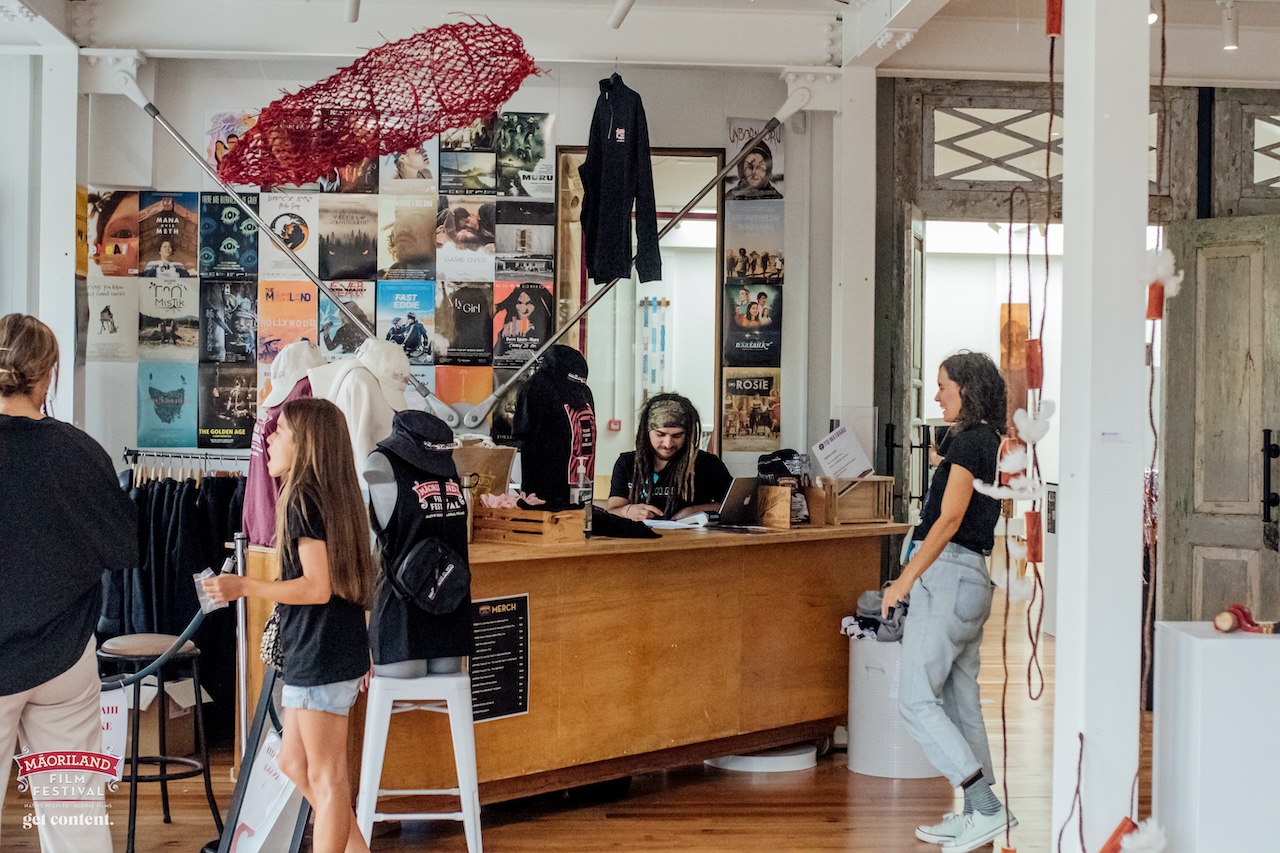
Work at Māoriland Film Festival 2024!
Each March, Māoriland Film Festival brings the world of Indigenous cinema to Ōtaki for five days of screenings, workshops, art exhibitions and special events. MFF2024 will run from March 20 – 24 in Ōtaki! Be part of our 11th festival!Ticketing & MerchandiseMarch 11 – 26Oversee ticket & merchandise sales from the Māoriland Hub for Māoriland Film […]
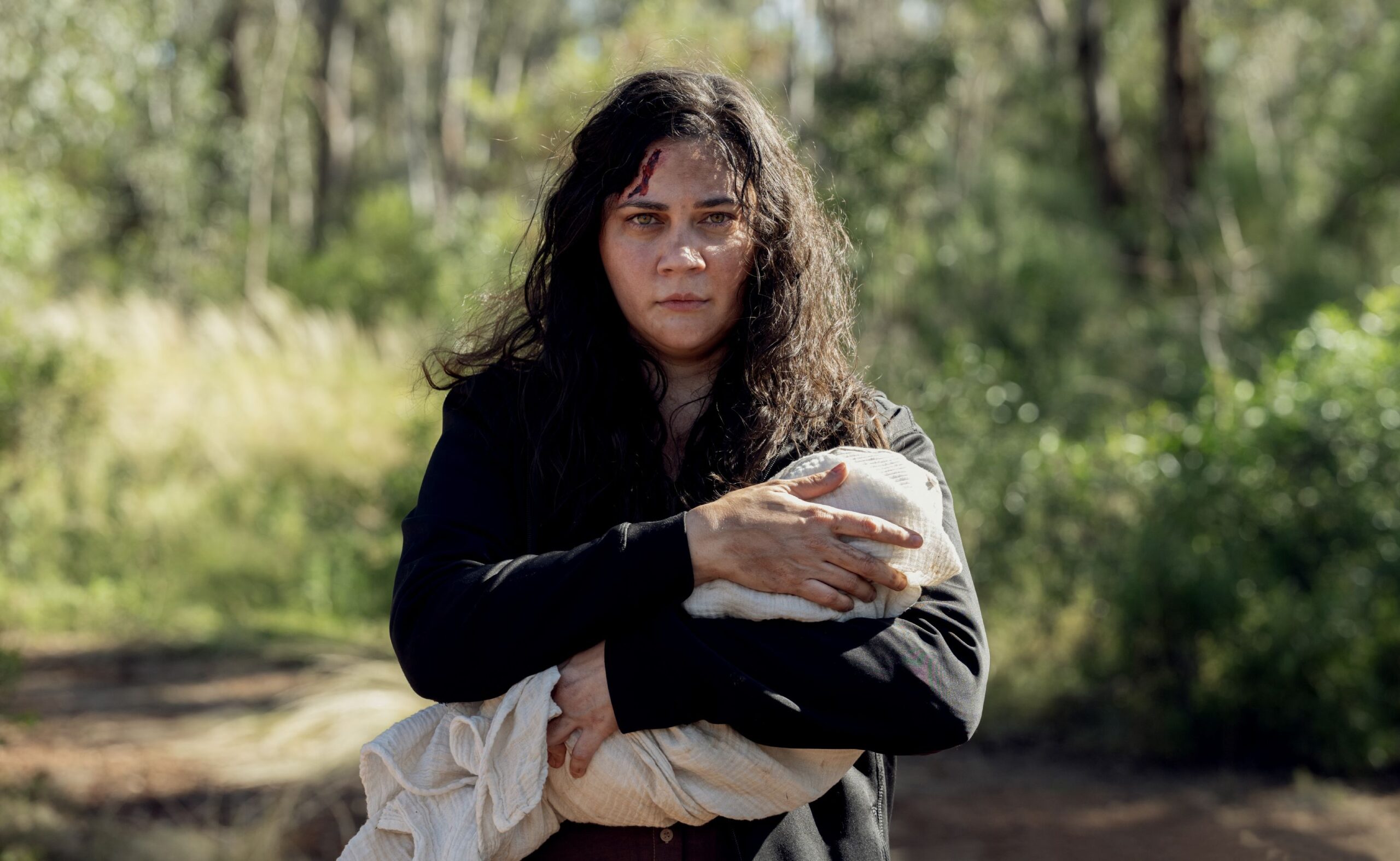
Films from Te Whenua Moemoeā
Embark on a captivating cinematic journey as you immerse yourself in the enriching tapestry of documentaries, short films, and feature films from the landscapes of Australia.
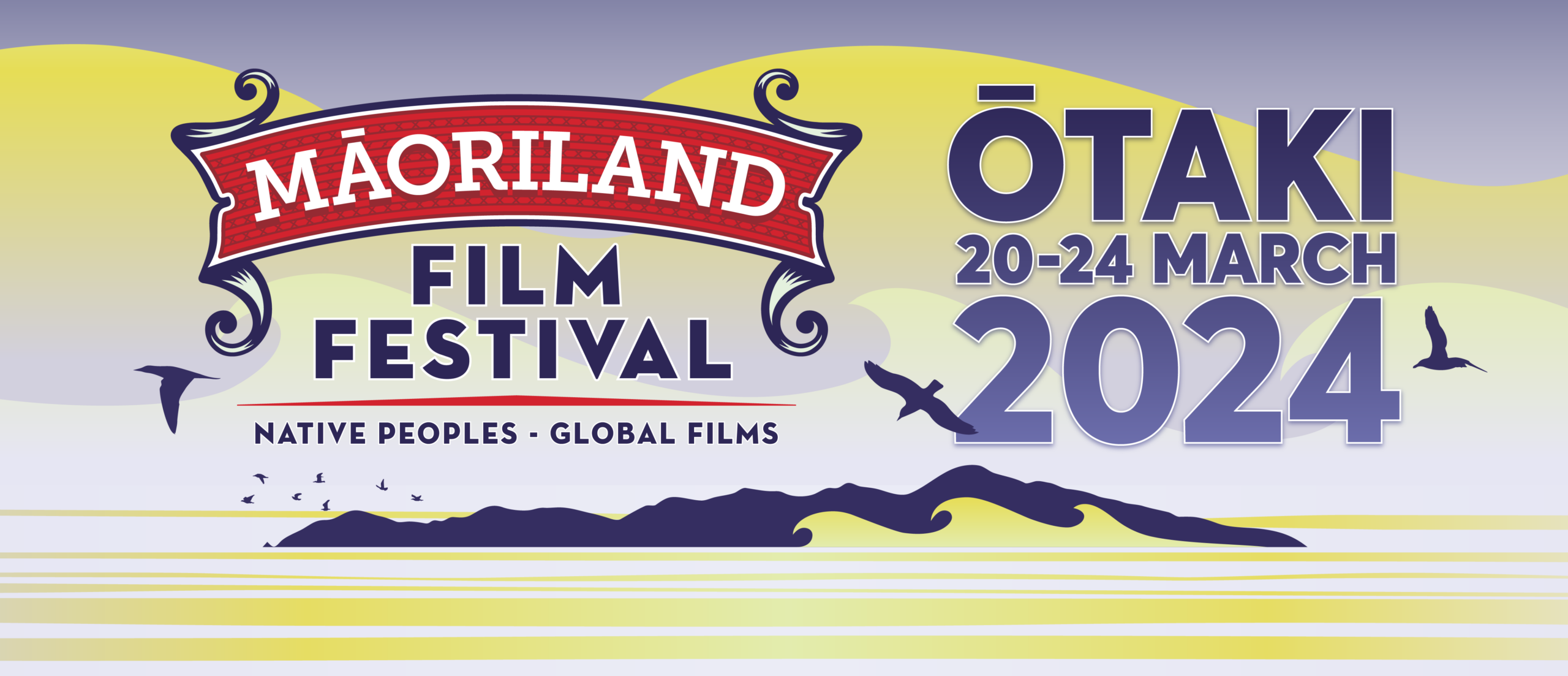
2024 Māoriland Film Festival hosts the largest programme to date
168 works from 130 Indigenous nations to screen at Māoriland Film Festival in Ōtaki – 20th to 24th March 2024
Tickets
No door sales are available at screening venues.
You must have a pre-purchased ticket to enter.
Māoriland Hub
68 Main Street Ōtaki,
Monday – Saturday 11 am – 4 pm
Festival Week March 15 – 19: 9 am – 8:30 pm
Films
iTicket
0508 iTICKET (484-253)
